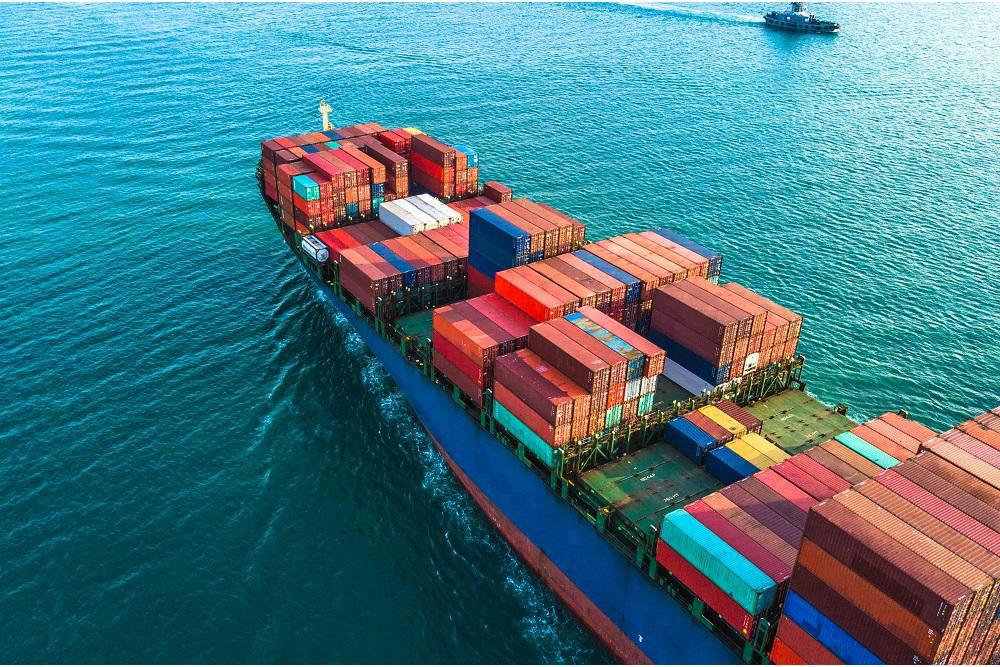The Australia-United Kingdom Free Trade Agreement (A-UKFTA) entered into force (EIF) on 31 May 2023.
A-UKFTA eliminated tariffs on many Australian seafood products at EIF, including finfish and rock lobster (Table 1). Remaining seafood tariffs will be phased out and eliminated completely by 1 January 2026.
The agreement provides Australian seafood exporters with improved access to the UK’s seafood market, worth US$4.5 billion (approximately A$6.1 billion) in 2021 (UN Comtrade 2023).
Implications for Australian seafood exporters
Before EIF, Australian seafood entered the UK market under a most-favoured-nation (MFN) tariff rate of between 0 and 25% (Table 1). These tariffs made Australian seafood less competitive in the UK market compared to countries that already had trade agreements, including countries in the European Union (EU), Norway and Iceland who are the primary seafood exporters to the UK.
To meet consumer preferences, most of the seafood consumed in the UK is imported. UK consumers value sustainability and strengthened sustainability credentials will be important for marketability.
With the complete removal of tariffs on fish products (fresh or chilled, frozen, fillet, dried or salted), Australia now has same tariff rate access as the EU.
Producers and exporters can check their new tariff rates using the Department of Foreign Affairs and Trade’s (DFAT’s) FTA portal. Exporters should also seek to confirm certification availability and import requirements for their products prior to export.
Table 1 Seafood tariffs under the A-UKFTA
| HS4 codes and seafood products | MFN | 2023 | 2024 | 2025 | 2026 |
|---|---|---|---|---|---|
| 0302 – Fish, fresh or chilled | 0-20% | 0% | - | - | - |
| 0303 – Fish, frozen | 0-20% | 0% | - | - | - |
| 0304 – Fish, fillets | 2-18% | 0% | - | - | - |
| 0305 – Fish, dried, salted | 10-20% | 0% | - | - | - |
| 0306 – Crustaceans | 6-18% | 0-12% | 0-8% | 0-4% | 0% |
| 0307 – Molluscs | 0-10% | 0-6% | 0-4% | 0-2% | 0% |
| 0308 – Aquatic invertebrates, other | 0-10% | 0-8% | 0-5% | 0-3% | 0% |
| 1604 – Fish, prepared or preserved; caviar | 4-25% | 0% | - | - | - |
| 1605 – Crustaceans, molluscs and aquatic invertebrates, prepared or preserved | 8-25% | 0% | - | - | - |
Source: DFAT FTA portal
Australian seafood exports to the UK
Prior to Brexit, when the UK was a member of the EU, Australia exported limited seafood to the UK. Relatively high tariffs made Australian seafood products more expensive to import, reducing their competitiveness in the UK market. Australian seafood exports to the UK peaked at A$5.5 million in 2006–07, representing 0.5% of Australian total seafood exports in that year. This is equivalent to A$7.8 million in 2021–22 Australian dollars (Figure 1).
Most of Australian exports to the UK in 2006–07 were, by value:
- crustaceans (73%)
- finfish, including shark and ray products (19%), and
- molluscs, including other aquatic invertebrates, and products made of aquatic invertebrates (7%).
Since 2006–07, Australian exports to the UK have dropped significantly and shifted from crustaceans to molluscs and finfish (Figure 1). This drop coincides with the UK’s financial crisis in 2008, which may have made expensive crustaceans less appealing to UK consumers. In 2021–22, Australia exported A$2.2 million worth of seafood to the UK. Molluscs accounted for 53% of exports by value and finfish accounted for the remaining 47%.
Figure 1 – Value of Australia’s seafood exports to the UK, 1989–90 to 2021–22
Imports of seafood by the UK
The UK is a net importer of seafood. Between 2019 and 2021, the UK imported 653,000 tonnes and exported 408,000 tonnes of seafood on average (UN Comtrade 2023). Most seafood consumed in the UK is imported.
Imports by type
In the last decade, UK seafood imports have been dominated by finfish. Between 2019 and 2021, finfish accounted for 75% of the value (US$4.6b) and 83% of the volume (653,100t) of the UK’s total seafood imports.
UK imports of all types of seafood have been relatively stable since the Brexit referendum, however, have fallen slightly over the past two years (Figure 2). UK imports peaked in 2011 at US$5.5 billion compared to US$4.5 billion in 2021 (in 2022 US dollars). Imports fell by 19% between 2011 and 2021, by value.
Figure 2 – Value of the UK seafood imports from the world by type, 2010 to 2021
Imports by partner
Europe is the main source of the UK’s seafood, excluding crustaceans. EU countries enjoyed a tariff advantage and proximity to the UK market. Between 2019 and 2021, the EU was the UK’s largest supplier of finfish by value (37%), followed by Iceland (9%) and Norway (9%) (Figure 3). The EU also accounted for 42% of the value (A$147.3m) of the UK’s imports of molluscs (UN Comtrade 2023).
Figure 3 – Value of the UK’s finfish, sharks and rays import by countries, 2010 to 2021
Vietnam is the UK’s largest supplier of crustaceans by value. The increase of crustacean imports from Vietnam coincides with a decrease in imports from the EU in the post-Brexit period. At this time the relative volatility of the EU exchange rate encouraged a shift from the EU to other markets, like Vietnam. In addition, the UK-Vietnam Free Trade Agreement (UKVFTA) eliminated 50% of tariffs on Vietnamese seafood from 1 January 2021, with the remaining 50% to be eliminated after 2, 4, or 6 years. The agreement provides Vietnam seafood exporters with a relative advantage over competitors that do not currently have an FTA with the UK, including India and Bangladesh. Vietnam accounted for 25% of the UK’s US$1.0 billion import market for crustaceans (per annum) between 2019 and 2021 (UN Comtrade 2023).
Australian seafood imports to the UK receive a high price compared to other exporters. For example, the average import price for Australian finfish was US$17.06/kg compared to an average of US$5.68/kg between 2019 and 2021. This may reflect that Australia exports higher premium seafood products and the increased air freight costs associated with Australia’s geographical distance from the UK.
Australia’s seafood industry
Australian seafood production has increased steadily over the last decade. In 2020–21, Australian seafood production was 295,000 tonnes compared to 233,500 tonnes in 2011–12. The gross value of production is forecast to increase by 8% to A$3.6 billion in 2022–23 (ABARES 2023). This follows a strong recovery in 2021–22, when gross value of production was driven by higher prices for salmonids, prawns, tuna and oysters.
Over the last decade, Australia exported about half of its annual seafood production on average, specialising in high unit value products for Asian markets. However, Australian exports to the world have declined since peaking at A$2.9 billion (in 2021–22 Australian dollars) in 2000–01 (Figure 4). This is due mainly to an increase in seafood consumption domestically, specifically consumption of salmonids. Australia's seafood consumption increased from 240,150 tonnes in 1999–20 to 334,615 in 2019–20.
Japan, Hong Kong and Taiwan were Australia’s main seafood markets prior to 2013–14. In the last decade, Australian export markets have shifted towards China in response to the high price exporters receive in this market. The Australian seafood industry has also made an effort to diversify their export markets into countries in South-East Asia, including Vietnam.
Figure 4 – Value of Australia’s seafood exports to the world, 1989–90 to 2021–22
Australian exports of seafood are dominated by high unit value products. The average unit export prices for finfish, crustaceans, and molluscs between 2019–20 and 2021–22 were A$12.33/kg, A$46.17/kg and A$51.63/kg respectively (ABS 2023).
Further Information
The Department of Foreign Affairs and Trade has guidance material and a business guide about the A-UKFTA.
Austrade has more information about the Doing business in United Kingdom.
The Australian Government’s network of Agriculture Counsellors provided information for this article. More information about the Agriculture Counsellor network, including contact details, are available on the Department of Agriculture, Fisheries and Forestry website.
Go further, faster with Austrade
Go to Austrade’s Go Global Toolkit to learn the export basics, find the right markets and understand market requirements.







